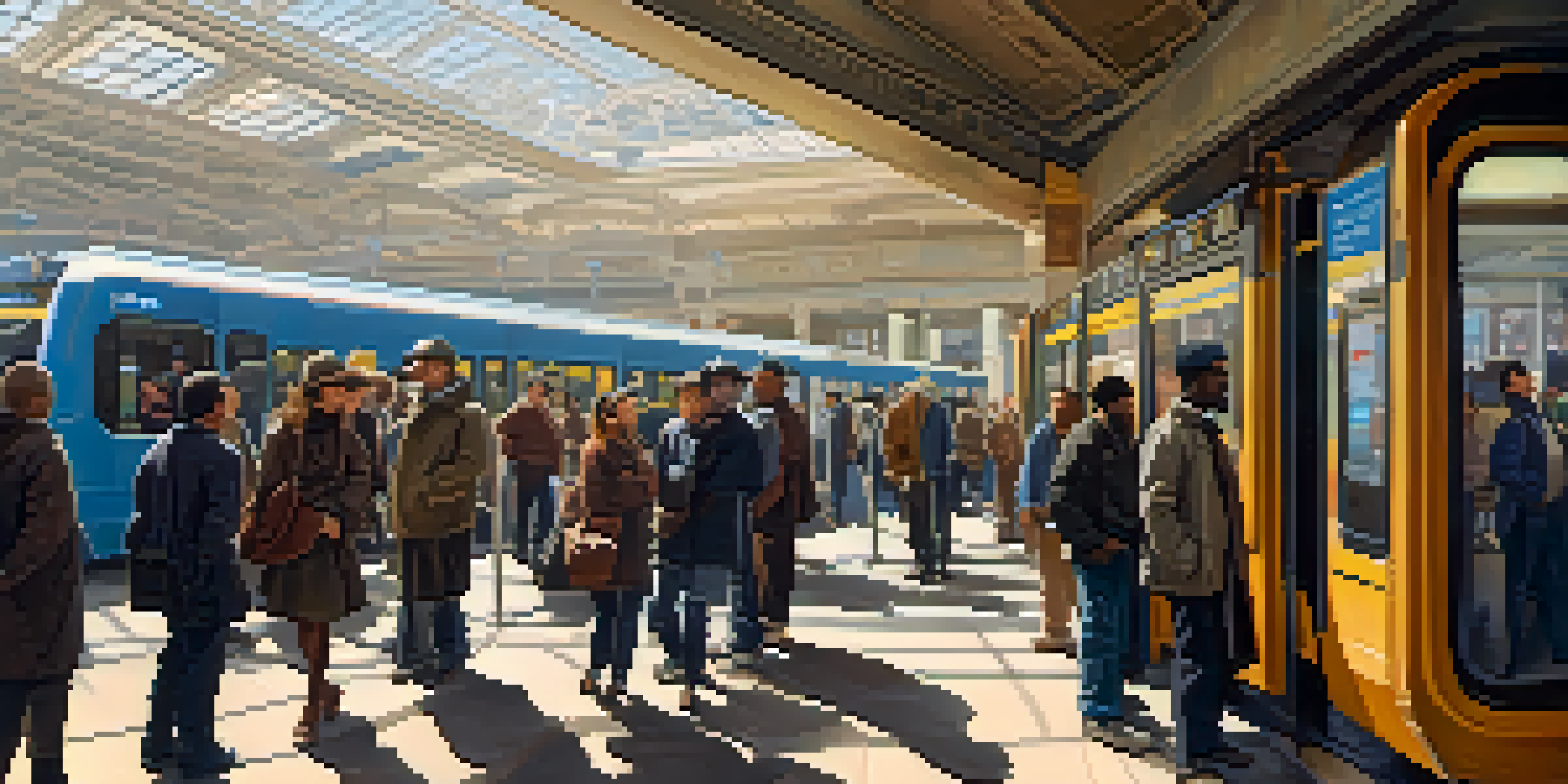Future Developments in Philadelphia's Public Transit System

An Overview of Philadelphia's Current Transit Landscape
Philadelphia's public transit system is a complex network that connects millions of residents and visitors. With services like SEPTA, the city has long been a model for urban transit, but there are challenges ahead. Aging infrastructure, overcrowding, and limited funding have raised questions about its future. Understanding the current landscape is essential for appreciating the upcoming developments.
Planned Upgrades to Infrastructure and Services
The city has ambitious plans to upgrade its aging infrastructure, focusing on rail lines and bus routes. Projects include track replacements, signal upgrades, and new buses equipped with modern technology. These improvements aim to boost efficiency and reliability, making public transit a more attractive option for commuters. With these upgrades, riders can expect smoother and faster journeys across the city.
Transit Upgrades for Better Efficiency
Philadelphia is investing in infrastructure improvements to enhance the efficiency and reliability of its public transit system.
Expansion of Transit Lines and Accessibility
One of the most exciting developments is the expansion of transit lines, which will connect underserved neighborhoods to key areas. This includes potential new routes that enhance access to education and employment. The goal is to create a more inclusive transit system that caters to everyone, regardless of where they live. By prioritizing accessibility, Philadelphia can ensure that all residents benefit from public transit.
Integration of Smart Technology in Transit Systems
Philadelphia is embracing smart technology to enhance the public transit experience. This includes real-time tracking of buses and trains, mobile ticketing options, and improved information systems at stations. By integrating these technologies, the city aims to make riding public transit more user-friendly and efficient. With this tech-forward approach, riders will have more control and information at their fingertips.
Smart Tech Enhances User Experience
The integration of smart technology aims to make public transit more user-friendly with real-time tracking and mobile ticketing.
Sustainability Initiatives for a Greener Future
Sustainability is a key focus in the future development of Philadelphia's transit system. The city is exploring options for electric buses and energy-efficient trains, which can significantly reduce carbon emissions. By investing in green technologies, Philadelphia aims to create a transit system that not only serves its residents but also protects the environment. These initiatives align with global efforts to combat climate change.
Community Involvement and Public Feedback
Public engagement is crucial for the success of Philadelphia's transit developments. The city is actively seeking input from residents to shape plans and prioritize needs. By hosting community forums and surveys, officials aim to ensure that the transit system truly reflects the desires of its users. This collaborative approach fosters a sense of ownership among the community and leads to better outcomes.
Community Input Shapes Transit Future
Public engagement is essential as Philadelphia seeks community feedback to prioritize transit needs and ensure a more inclusive system.
Funding and Budget Considerations for Transit Projects
Securing funding for these ambitious transit improvements is a significant challenge. City officials are exploring various funding sources, including federal grants and public-private partnerships. Budget considerations will play a vital role in determining the pace and scope of these projects. By navigating these financial hurdles, Philadelphia can pave the way for a modern and efficient public transit system.
Looking Ahead: The Future of Transit in Philadelphia
The future of Philadelphia's public transit system is bright and full of potential. With planned upgrades, expansions, and the integration of technology, the city is on the brink of transformation. As these developments unfold, they promise to enhance the daily commute for thousands of residents. Ultimately, a robust transit system will not only improve mobility but also contribute to a thriving urban environment.